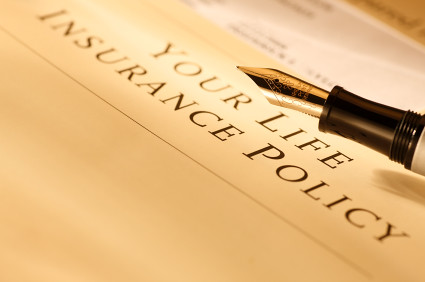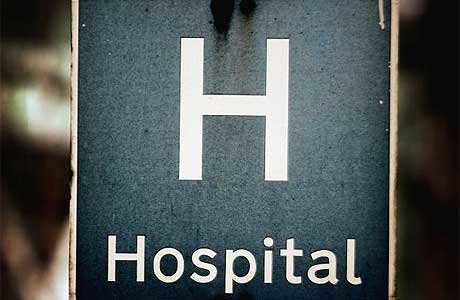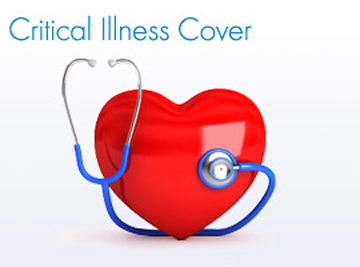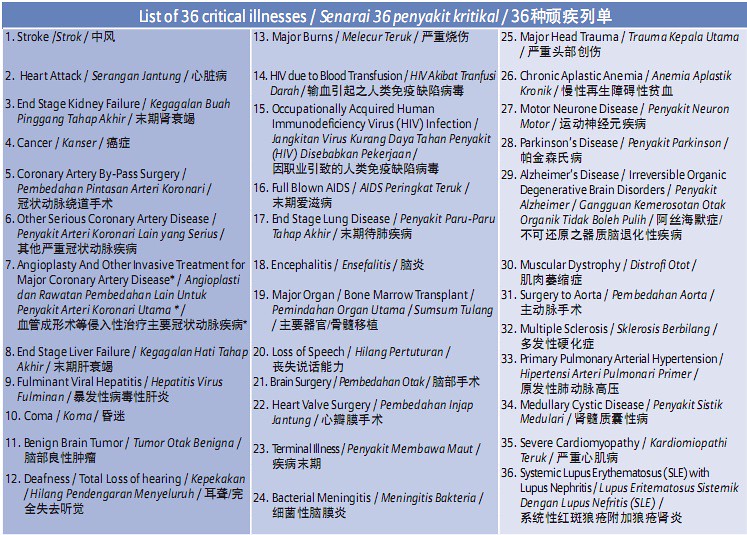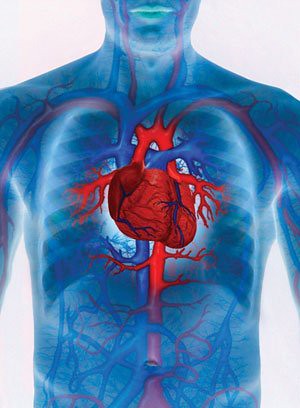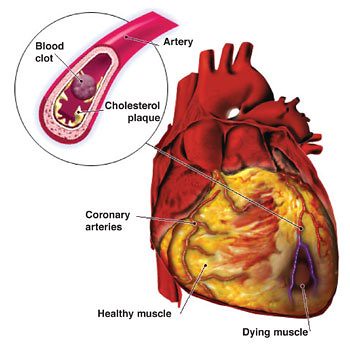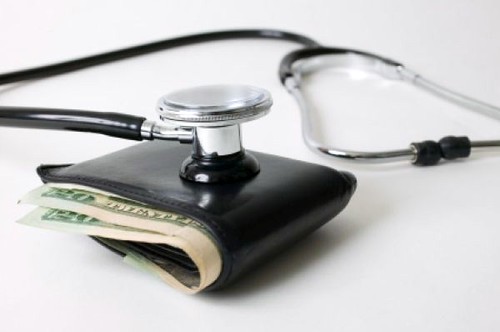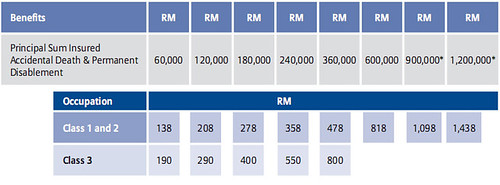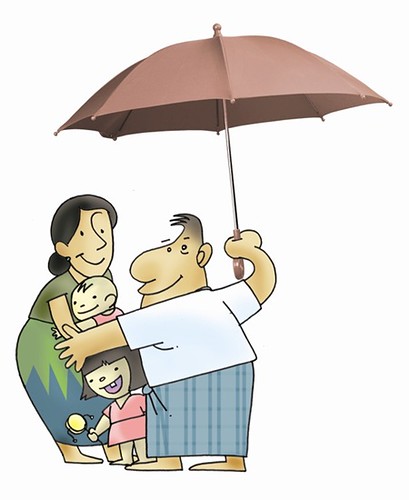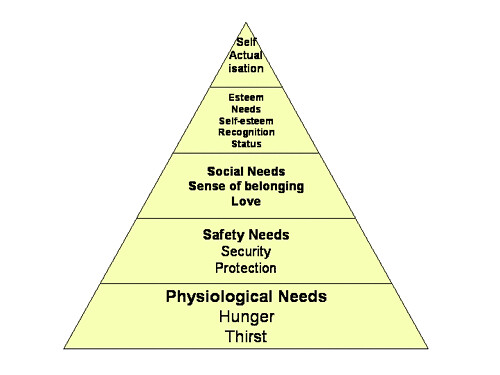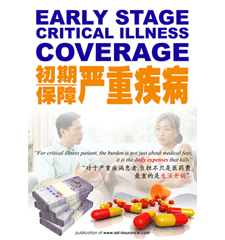Life insurance is not a simple product. Even term life policies have many elements that must be considered carefully in order to arrive at the proper type and amount of coverage. But the technical aspects of life insurance are far less difficult for most people to deal with than trying to get a handle on how much coverage they need and why. This article will briefly examine the top 5 misconceptions surrounding life insurance and the realities that they distort.

Myth #1: I'm Single and Don't Have Dependents, so I Don't Need Coverage
Even single persons need at least enough life insurance to cover the costs of personal debts, medical and funeral bills. If you are uninsured, you may leave a legacy of unpaid expenses for your family or executor to deal with. Plus, this can be a good way for low-income singles to leave a legacy to a favorite charity or other cause. Myth #2: My Life Insurance Coverage Needs Only Be Twice My Annual Salary
The amount of life insurance each person needs depends on each person's specific situation. There are many factors to consider. In addition to medical and funeral bills, you may need to pay off debts such as your mortgage and provide for your family for several years. A cash flow analysis is usually necessary in order to determine the true amount of insurance that must be purchased - the days of computing life coverage based only on one's income-earning ability are long gone.
Myth #3: My Term Life Insurance Coverage at Work Is Sufficient
Myth #3: My Term Life Insurance Coverage at Work Is Sufficient
Maybe, maybe not. For a single person of modest means, employer-paid or provided term coverage may actually be enough. But if you have a spouse or other dependents, or know that you will need coverage upon your death to pay estate taxes, then additional coverage may be necessary if the term policy does not meet the needs of the policyholder.
Myth #4: Only Breadwinners Need Life Insurance Coverage
Myth #4: Only Breadwinners Need Life Insurance Coverage
Nonsense. The cost of replacing the services formerly provided by a deceased homemaker can be higher than you think, and insuring against the loss of a homemaker may make more sense than one might think, especially when it comes to cleaning and daycare costs.
Myth #5: I'm Better off Investing My Money Than Buying Life Insurance of Any Kind
Myth #5: I'm Better off Investing My Money Than Buying Life Insurance of Any Kind
Hogwash. Until you reach the breakeven point of asset accumulation, you need life coverage of some sort. Once you amass RM1 million of liquid assets, you can consider whether to discontinue (or at least reduce) your million-dollar policy. But you take a big chance when you depend solely on your investments in the early years of your life, especially if you have dependents. If you die without coverage for them, there may be no other means of provision after the depletion of your current assets.
The Bottom Line
The Bottom Line
These are just some of the more prevalent misunderstandings concerning life insurance that the public faces today. Therefore, there are many life insurance questions you should ask yourself. The key concept to understand is that you shouldn't leave life insurance out of your budget unless you have enough assets to cover expenses after you're gone.
For more information, contact us for a no obligation consultation!






